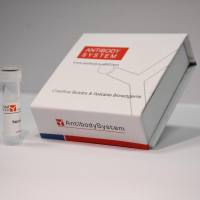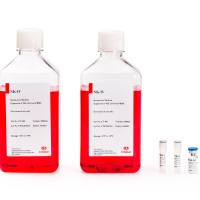Methods for In Vivo Analyses of Natural Killer (NK) Cells
Natural killer (NK) cells are a distinct compartment of lymphoid cells that have been shown to function as an effector cell population against virus infections, to provide a means of surveillance against tumor metastases, and, in some cases, to serve as an effector cell population for immunotherapy against established tumors. Since the initial observations suggesting that NK cells were representative of an “activity” expressed by some hematopoietic cells, as opposed to a defineable lineage of cells, an extraordinary increase in our capacity to identify, quantitate, and characterize these cells has occurred. This has been particularly apparent in the past several years, as numerous reagents for defining NK cell heterogeneity and function have been developed. There has also been a dramatic increase in the technology available for application of those reagents. NK cells have commonly been defined as a population of large granular lymphocytes (LGLs) that have a discrete phenotype, frequently defined as CD3- /TCR- /CD16+ /CD56+ , and that are capable of lysing certain tumor cells and virus-infected cells in the absence of any apparent, prior sensitization. NK cells also by definition lack expression of the TCR/CD3 complex and can be stimulated to lyse target cells utilizing surface receptors that do not detect specific antigen in the context of major histocompatibility complex (MHC) class I determinants. These findings initially led to their designation as mediators of non-MHC restricted cytotoxicity. It is now clear that MHC determinants are in fact recognized by NK cell surface receptors. Further, it has been determined that most such receptor-MHC interactions result in a turnoff of NK cells, although there are some exceptions in which receptor-MHC interactions activate NK cell lytic function (for recent reviews see refs. 1 and 2 ).
![预览]()






